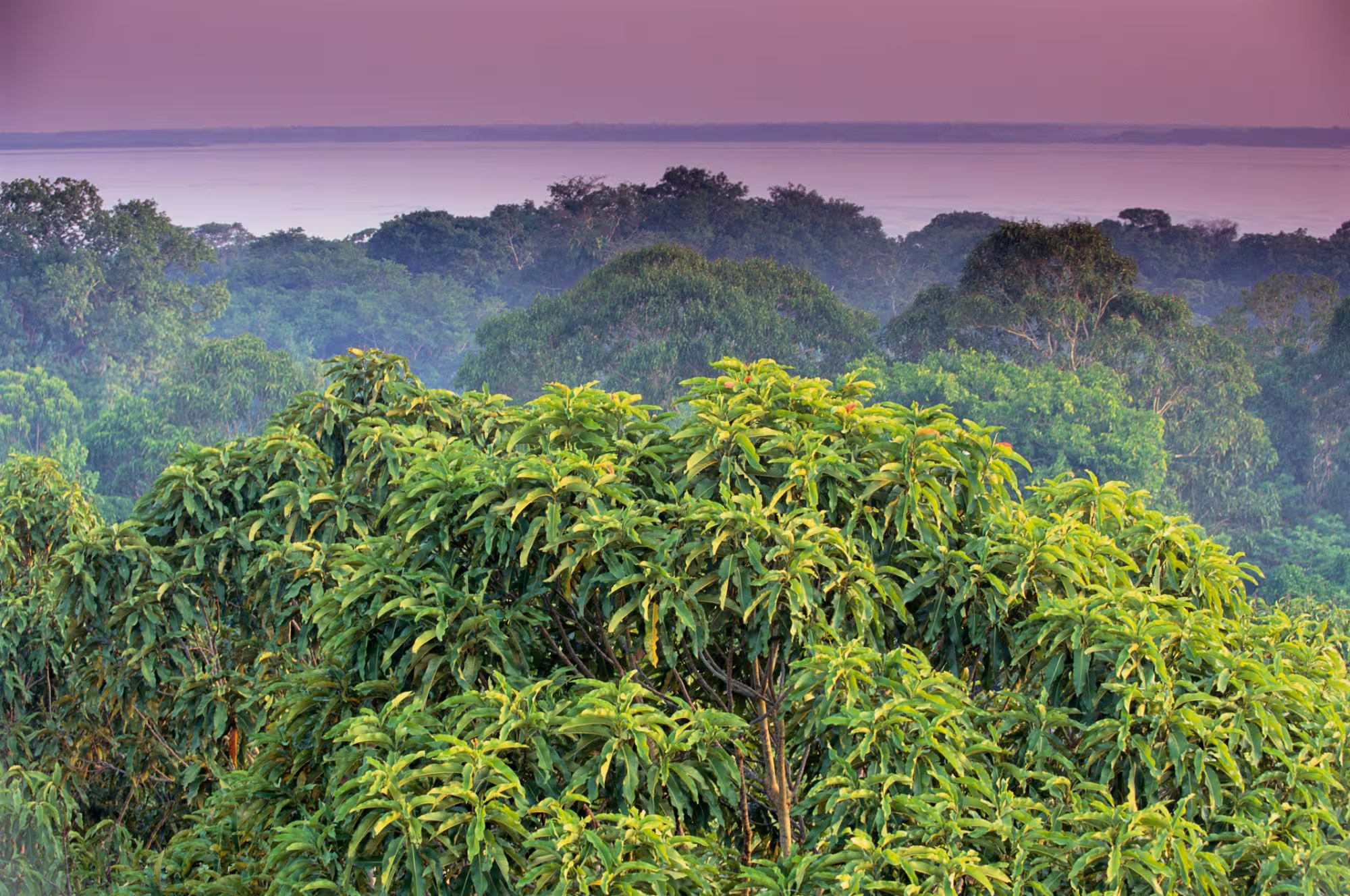Using plant hydraulic scaling to predict the drought vulnerability of the world’s tallest tropical trees

Tropical rainforests are one of the planet’s most crucial carbon stores and are an essential aspect of water cycling at large scales. Within tropical forests, the largest trees, with diameters exceeding 70 cm, store between 25-45% of the carbon, yet represent <4% of the total number of trees. These large trees also transport disproportionately more water than their smaller counterparts, making them a conservation priority for the future. Large tropical trees have survived extreme climate events, including drought, although their exact mechanism is largely unknown. This information is essential to understanding how vulnerable these important tropical trees will be to the predicted future increases in drought frequency and intensity.
The project aims to combine novel measurements of vertical changes in tree anatomical, structural and hydraulic properties on the world’s tallest tropical trees, in two different tropical regions, Amazonia and Borneo, to determine how vertical changes in tree hydraulic and anatomical traits regulate the capacity of tall trees to maintain water transport to their leaves under different environmental conditions. It will also seek to determine if key structural and architectural properties of tropical trees control the vertical gradients of plant hydraulic and anatomical properties and how accounting for vertical gradients in hydraulic properties in tall tropical trees alters predictions of tropical forest water and carbon cycling. Ultimately, the results will allow a step-change in the current understanding of the limits to water transport in the world’s tallest tropical trees and the impact this may have on carbon and water cycling under future climate scenarios.
